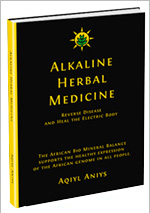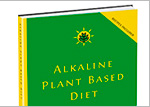Flame Retardant Pollutants May Hurt Your Child’s Development

Studies have shown a relationship between the exposure the flame retardant pollutants, Polybrominated Diphenyl Ether (PBDE), and nuero-development in children.
PBDE’s had already been known to be endocrine disruptors, chemicals that interfere with normal hormone activity, and neuro-toxicants in animals.[1]
Now research on humans has revealed that infants and small children who were exposed to PBDEs had poorer attention, fine motor skills, and cognition, particularly in verbal comprehension by the time they were ready to attend school.
The adverse effects also extend into adolescence and adulthood and effected motor and thyroid function.[2]
Exposure to PBDEs come from both diet and dust in the home. It is easier to control the amount of PBDEs you are exposed to through diet than it is through controlling your exposure to dust, though you can use air purifiers to reduce PBDE exposure form dust.
The consumption of animal products provides the majority of PBDEs in the diet. In the United States California chickens had the highest levels of PBDEs, likely because chickens were exposed to PBDE containing sewer sludge used to fertilize crops, contaminated water, and flame-retardant materials used in the bedding in chicken houses.
In contrast a whole food plant-based diet offers the lowest exposure to PBDEs, and you can find the best plant foods to consume that support homeostasis in the body on this nutritional guide.
[1] B Eskenazi, J Chevrier, S A Rauch, K Kogut, K G Harley, C Johnson, C Trujillo, A Sjödin, A Bradman. In utero and childhood polybrominated diphenyl ether (PBDE) exposures and neurodevelopment in the CHAMACOS study. Environ Health Perspect. 2013 Feb;121(2):257-62. doi: 10.1289/ehp.1205597.
[2] M Kiciński, M K Viaene, E Den Hond, G Schoeters, A Covaci, A C Dirtu, V Nelen, L Bruckers, K Croes, I Sioen, W Baeyens, N Van Larebeke, T S Nawrot. Neurobehavioral function and low-level exposure to brominated flame retardants in adolescents: a cross-sectional study. Environ Health. 2012 Nov 14;11:86. doi: 10.1186/1476-069X-11-86.






